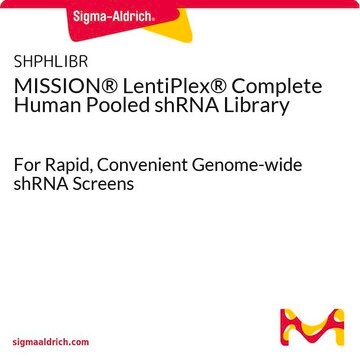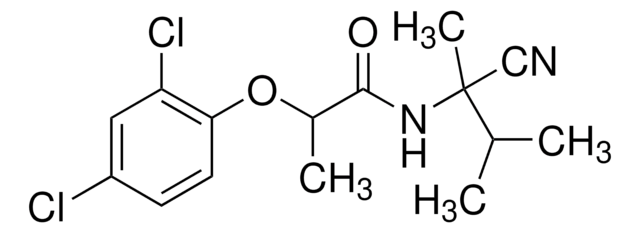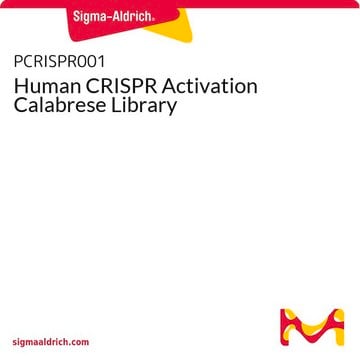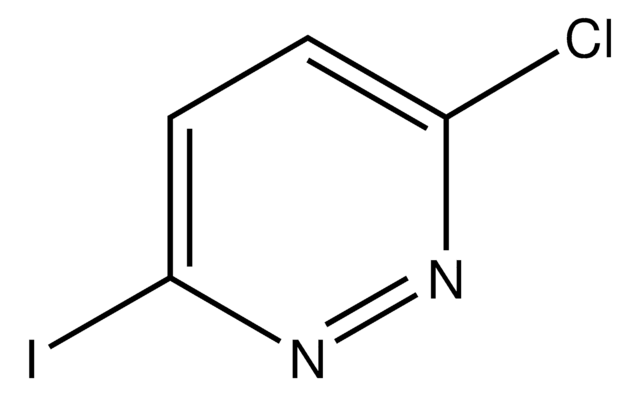HSANGERV
Sanger Arrayed Whole Genome Lentiviral CRISPR Library
Human, Virus Format
About This Item
Recommended Products
Quality Level
packaging
pkg of 10 μL (384-well plate)
concentration
1x106 VP/ml (via p24 assay)
application(s)
CRISPR
shipped in
dry ice
storage temp.
−70°C
Looking for similar products? Visit Product Comparison Guide
General description
Application
Features and Benefits
- Vector: U6-gRNA/PGK-Puro-2A-BFP (gRNA only)
- Simplify the workflow with puromycin selection
- Illuminate CRISPR-expressing cells with BFP
Additional Features
- Better, not bigger: Two optimized clones per gene reduces the time, cost, and scale of screening experiments
- Ready-to-screen: Clones are arrayed in a robotics-friendly 384-well format for high throughput screening
- Collaborative: Real-time, library validation continues
For detailed information on the Sanger library, click here
Packaging
Components
Request a Quote or More Information
Physical form
Other Notes
Recommended products
Legal Information
Storage Class Code
12 - Non Combustible Liquids
WGK
WGK 3
Flash Point(F)
Not applicable
Flash Point(C)
Not applicable
Certificates of Analysis (COA)
Search for Certificates of Analysis (COA) by entering the products Lot/Batch Number. Lot and Batch Numbers can be found on a product’s label following the words ‘Lot’ or ‘Batch’.
Already Own This Product?
Find documentation for the products that you have recently purchased in the Document Library.
Articles
This screening guide covers how to choose a cell line, a screening library, and experimental conditions as well as tips for designing and performing your experiment.
Genome-wide screening with optimized gRNAs per gene ensures specific and efficient knockout, controlling time and cost.
Genome-wide screening with optimized gRNAs per gene ensures specific and efficient knockout, controlling time and cost.
Genome-wide screening with optimized gRNAs per gene ensures specific and efficient knockout, controlling time and cost.
Protocols
Learn about Sanger Sequencing steps or the chain termination method and how DNA sequencing works and how to read Sanger Sequencing results accurately for your research.
FACS sorts cells based on light scattering and fluorescence for objective cell analysis.
FACS sorts cells based on light scattering and fluorescence for objective cell analysis.
FACS sorts cells based on light scattering and fluorescence for objective cell analysis.
Our team of scientists has experience in all areas of research including Life Science, Material Science, Chemical Synthesis, Chromatography, Analytical and many others.
Contact Technical Service








